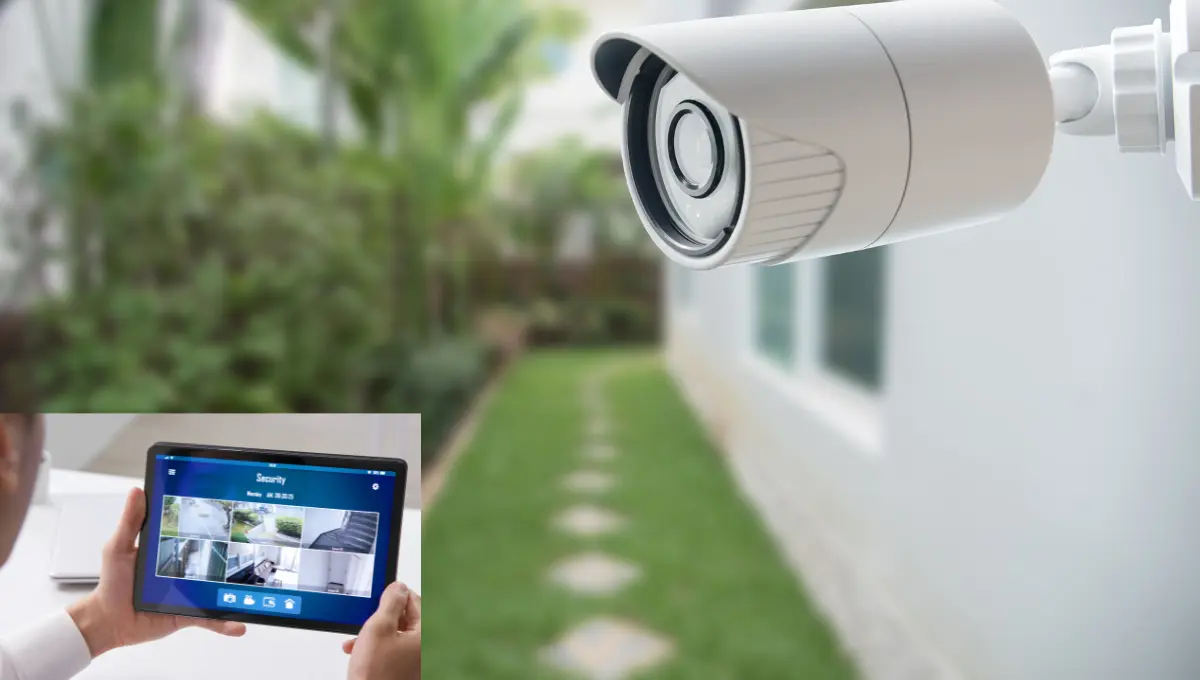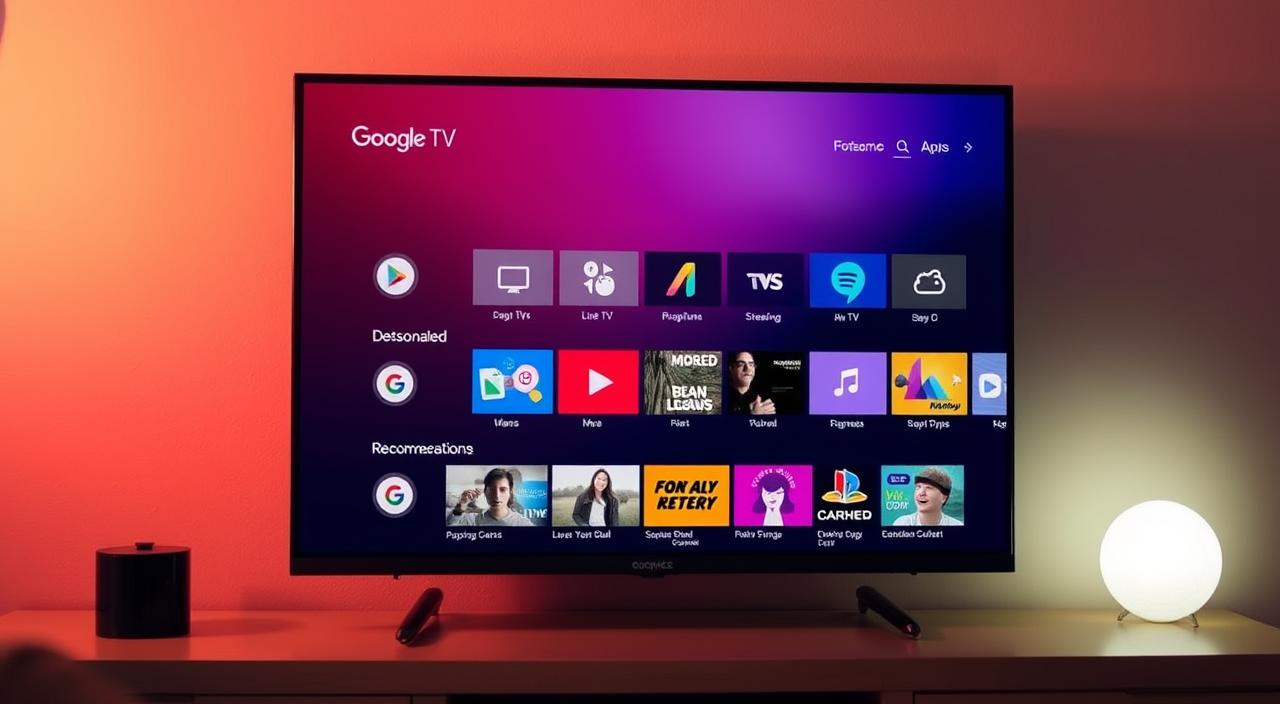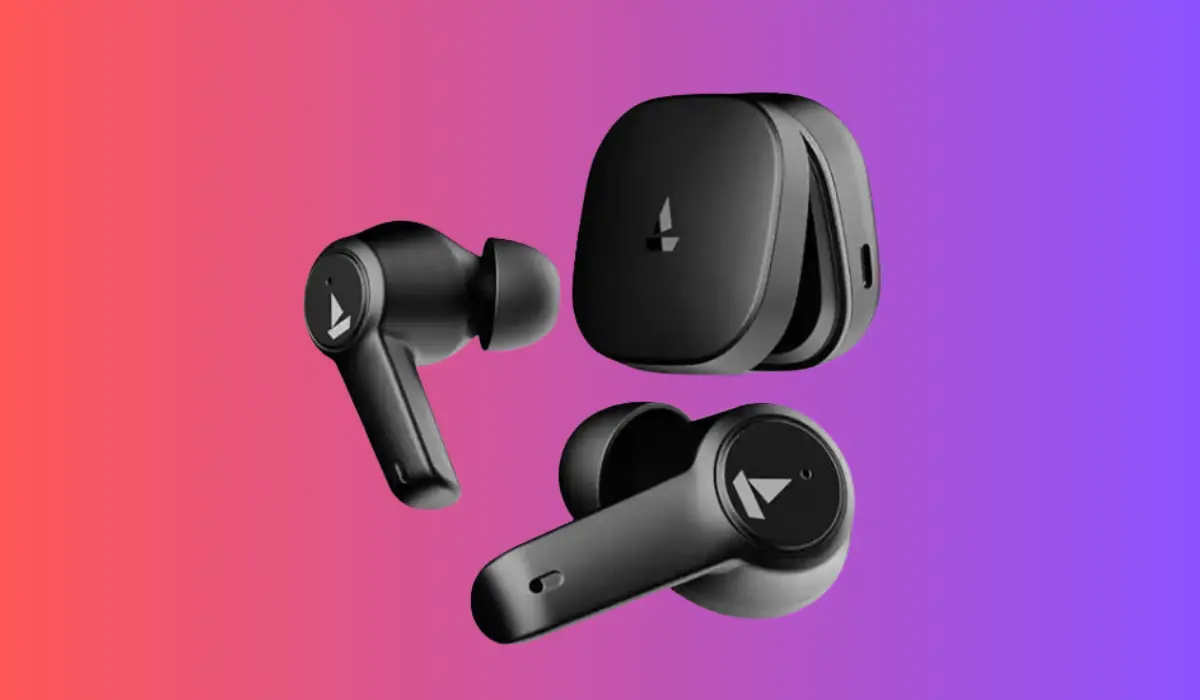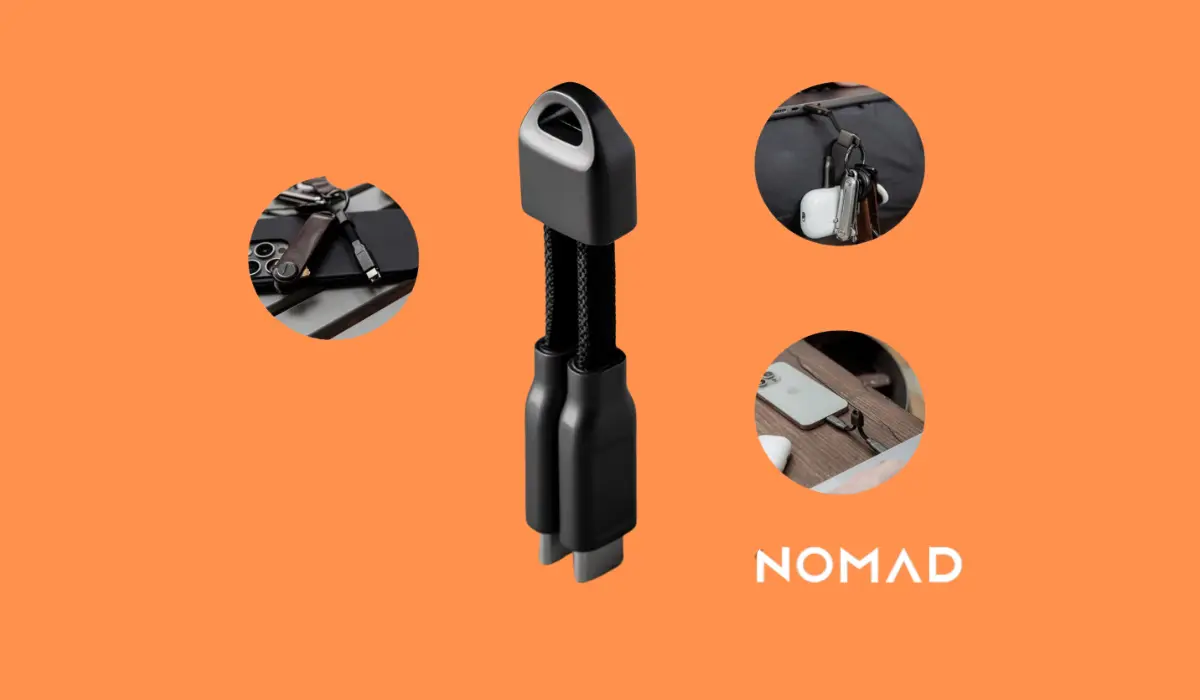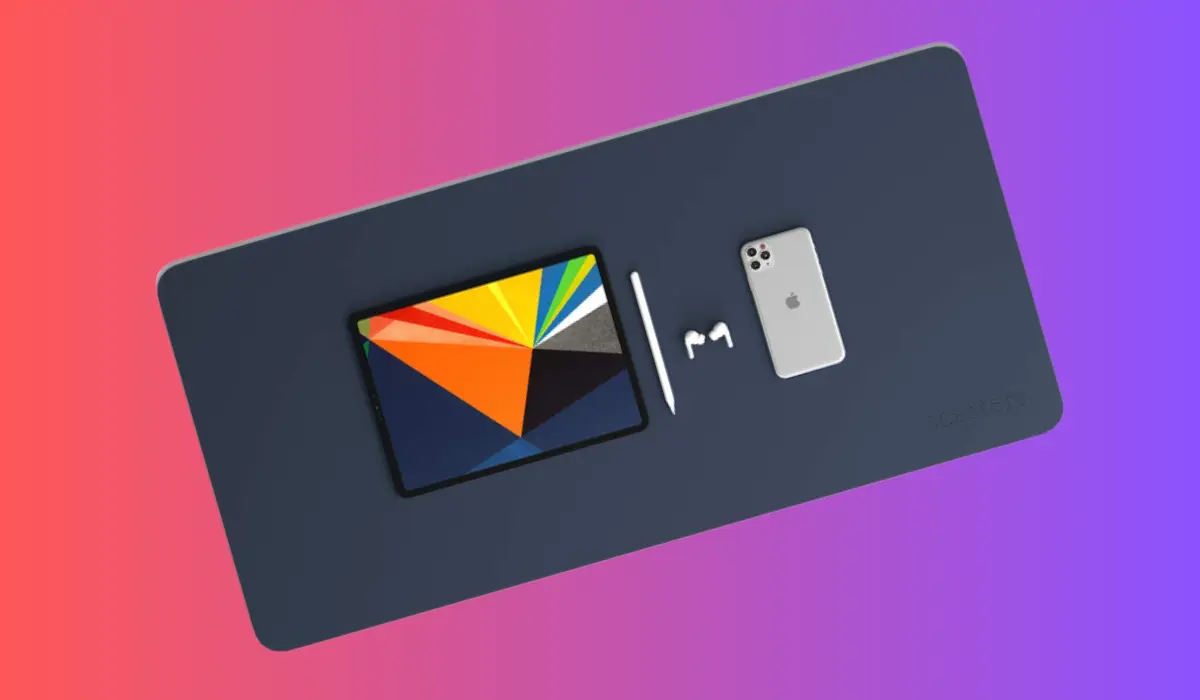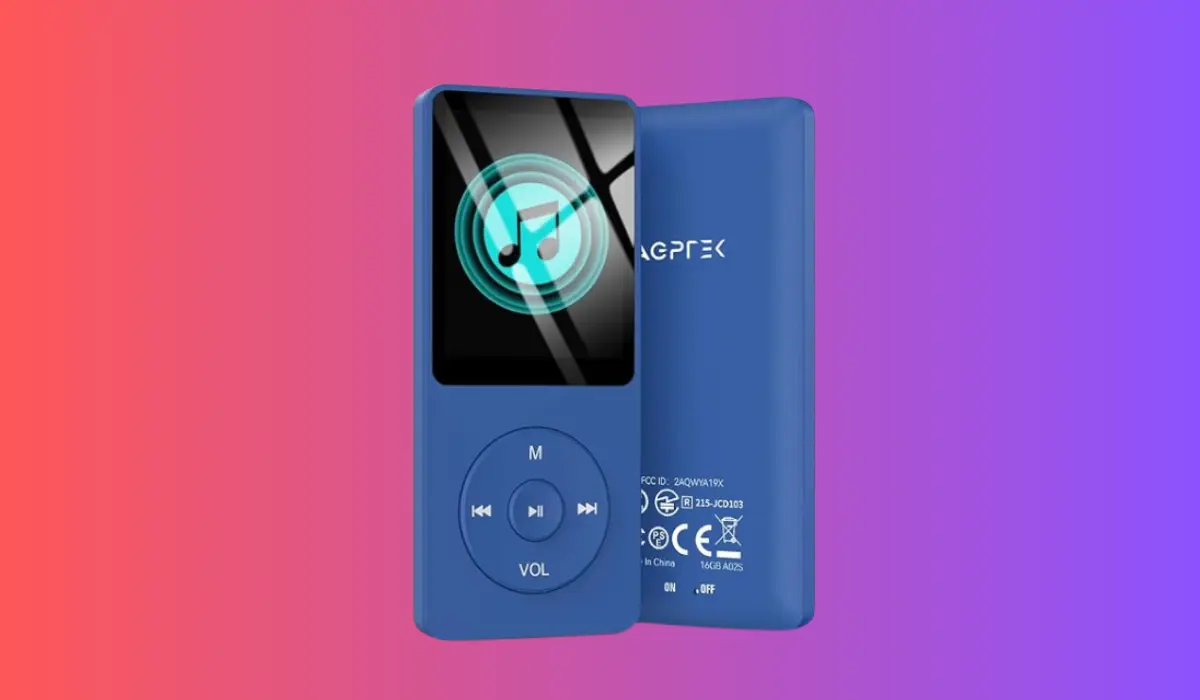Table of Contents
1. Introduction
Keeping your home safe is more important than ever. Whether you travel often or just want to feel secure while you’re out, a good indoor home security camera can give you peace of mind.
With so many options available, choosing the right camera can be tough. To make it easier, we’ve selected the Top 5 indoor home security cameras for 2024. These cameras come with user-friendly features, such as motion alerts and smart home compatibility, allowing you to monitor your space from anywhere.
Read on to discover which camera is the best choice for your needs and where to find the best deals!
2. Why You Need an Indoor Home Security Camera
Home security is a priority for everyone. An indoor security camera can be a game-changer in keeping your space safe. Imagine being able to check on your home in real time, whether you’re at work or on holiday.
These cameras are ideal for monitoring pets, watching over children when they’re home alone, or checking in on elderly family members. They also provide an extra layer of protection against unwanted visitors by alerting you the moment motion is detected.
With features like two-way audio, you can communicate with anyone in your home, whether to comfort a pet or warn an intruder. In short, an indoor security camera offers peace of mind, knowing you can keep an eye on your home whenever and wherever you need.
3. Key Features to Look For
When choosing an indoor home security camera, consider several important features to ensure you get the best protection and convenience for your needs.
Here are the key aspects to look for:
- Resolution: The quality of your security footage depends on the camera’s resolution. HD (1080p) or 2K resolution is crucial for capturing clear and detailed images, allowing you to easily recognize faces or important details, especially when zooming in on footage. Clear visuals can make all the difference if you ever need to use the recordings as evidence.
- Motion Detection: This feature is key to home safety as it ensures you’re alerted the moment any movement is detected. Smart motion detection can differentiate between people, pets, or general background activity, reducing false alarms. With instant notifications sent to your smartphone, you’ll always be aware of what’s happening in your home.
- Two-Way Audio: Two-way audio lets you use your camera like an intercom, allowing you to speak directly to whoever is in your home. This can be helpful for calming a pet, talking to family members, or even warning intruders that they are being recorded. It adds an extra layer of security and convenience to your home monitoring.
- Night Vision: Good night vision is essential for keeping your home safe 24/7. Even when the lights are out, a camera with quality night vision can capture clear footage of any activity, making sure you don’t miss a thing. Look for cameras that offer infrared night vision or even full-color night vision for maximum clarity in the dark.
- Smart Home Integration: Having a camera that integrates seamlessly with smart home systems like Amazon Alexa or Google Assistant makes home monitoring even more convenient. You can use voice commands to view live feeds or automate the camera to work with other smart devices, creating a more connected and secure home environment.
These features ensure your indoor home security camera provides reliable protection and fits seamlessly into your lifestyle.
4. Top 5 Indoor Home Security Cameras for 2024
1. TP-Link Tapo C210
- Ultra-High-Definition Video —— Records every image in crystal-clear 3MP definition
2. TP-Link Tapo C200
- High-Definition Video —— Records every image in crystal-clear 1080p definition
3. CP PLUS (Indian Brand)
- 1080P Full HD Video: Designed to represent an enhanced picture quality in full HD video so that every detail can be viewed with vivid clarity and a pixilated video feed can be avoided.
4. QUBO Smart (Indian Brand)
- 3MP (1296P) Resolution: Ensure incredibly clear video recording with live video and playback.
5. IMOU
- [1080P Full HD 360° View & Night Vision]: Imou Ranger 2 is equipped with a 3.6mm wide HD lens with a 108° viewing angle, 355° horizontal rotation and 85° vertical, no blind-spot coverage area. With up to 25/30fps video recording frame rate, the WiFi camera 1080P offers you a smoother video. The high-quality infrared LEDs extend the night vision range up to 10m/33ft, letting you see everything clearly even in the darkness. (Supports WiFi (2.4 GHz only) and Ethernet connection.)
5. MicroSD storage options and recording duration in hours/days
At 1080p Resolution (default settings):
- 64 GB microSD: ~128 hours (5-6 days) of continuous recording.
- 128 GB microSD: ~256 hours (10-11 days) of continuous recording.
- 256 GB microSD: ~512 hours (21 days) of continuous recording.
At 720p Resolution (lower quality settings):
- 64 GB microSD: ~256 hours (10-11 days) of continuous recording.
- 128 GB microSD: ~512 hours (21 days) of continuous recording.
- 256 GB microSD: ~1024 hours (42 days) of continuous recording.
- Expand your storage in a flash: ideal for Android smartphones and tablets, and Windows laptops.
- Expand your storage in a flash: ideal for Android smartphones and tablets, Chromebooks, and Windows laptops.
- Expand your storage in a flash: ideal for Android smartphones and tablets, Chromebooks, and Windows laptops.
6. How to Choose the Right Camera for Your Home
Choosing the right indoor security camera depends on your specific needs, such as placement and valued features. Consider these key factors:
- Location: Decide where you’ll install the camera and whether it needs to cover a wide area.
- Budget: Determine how much you’re willing to spend and look for options that offer the best features within your price range.
- Video Quality: Choose a camera with at least 1080p resolution for clear footage.
- Storage Options: Consider whether you want local storage (like a microSD card) or cloud storage.
- Smart Features: Check for features like motion detection, night vision, and smart home integration.
- Ease of Installation: Look for a camera that’s simple to set up and use, especially if you prefer a DIY approach.
7. Important Precautions for Using Indoor Home Security Cameras
1. Privacy Concerns
- Placement: Avoid placing cameras in private areas such as bedrooms, bathrooms, or other spaces where privacy is expected.
- Shared Spaces: If you share your home with others, inform them about the presence of security cameras.
- Data Privacy: Be aware of the data privacy policies of your camera’s manufacturer and how your data is used or shared.
2. Cybersecurity Risks
- Secure Passwords: Use strong and unique passwords for your camera system and change them regularly.
- Two-Factor Authentication: Enable two-factor authentication for added security.
- Regular Updates: Keep the camera’s firmware up to date to protect against vulnerabilities.
- Network Security: Use a secure Wi-Fi network and consider setting up a separate network for your smart home devices.
3. Hacking Risks
- Disable Remote Access: If you do not need to access the camera remotely, disable this feature.
- Encrypt Video Footage: Choose a camera that supports encryption to ensure that your footage is secure.
- Monitor for Unusual Activity: Check for any signs of unauthorized access to your camera system.
4. Data Storage Concerns
- Local vs. Cloud Storage: Decide whether you prefer local storage (e.g., SD cards) or cloud storage, and be aware of the risks associated with each.
- Cloud Storage Limitations: Understand how long the footage is retained and any associated costs for extended storage.
5. Legal Considerations
- Consent: In some jurisdictions, it is illegal to record audio without the consent of those being recorded. Check your local laws before enabling audio recording.
- Neighbour Privacy: Ensure your camera does not record areas beyond your property, such as a neighbour’s home or backyard.
6. Power Supply and Connectivity
- Backup Power: If your camera relies on electricity, consider having a backup power supply to ensure continuous monitoring.
- Wi-Fi Reliability: Make sure your internet connection is strong and reliable to prevent disruptions in camera functionality.
By taking these precautions, you can ensure your indoor security cameras are effective and do not compromise your or others’ privacy and security.
8. FAQs About Indoor Home Security Cameras
- Q: How much storage do I need for security camera recordings?
A: The amount of storage you need depends on the resolution of your recordings and how long you want to keep them. For example, higher resolution footage (like 2K or 1080p) uses more space. A 128GB microSD card can typically store a few days to a week of continuous 1080p footage. Many cameras also offer cloud storage options for added convenience. - Q: Can I use these cameras without a subscription?
A: Yes, many indoor security cameras allow you to use local storage, like a microSD card, without a subscription. However, subscribing to a cloud service often gives you extra features, like extended storage, advanced motion detection, and remote access to recordings. - Q: Are indoor home security cameras easy to install?
A: Most indoor security cameras are designed to be easy to set up and install. They typically come with step-by-step instructions, and many are wireless, meaning you just need to plug them in and connect them to your home Wi-Fi using an app. You don’t usually need professional installation. - Q: Can I view the camera feed when I’m away from home?
A: Yes, as long as your camera is connected to Wi-Fi, you can access the live feed from anywhere using the camera’s mobile app. This lets you check in on your home in real-time and receive alerts no matter where you are. - Q: Are indoor security cameras vulnerable to hacking?
A: Like any internet-connected device, there is a risk of hacking. To minimize this risk, make sure to use strong, unique passwords for your camera and Wi-Fi network, enable two-factor authentication if available, and keep the camera’s firmware updated. - Q: Can these cameras work during a power outage?
A: Most indoor cameras require electricity to function. However, some models come with built-in battery backup or can be paired with an uninterruptible power supply (UPS) to keep them running during a power outage. Alternatively, consider investing in a camera designed specifically for backup power. - Q: Do these cameras support multiple users?
A: Yes, many indoor security cameras allow you to add multiple user accounts or share access with family members through the app. This is useful for keeping everyone in the household informed and in control of home security.
9. Conclusion
Investing in a reliable indoor home security camera is a smart move for anyone who values safety and peace of mind.
With a plethora of excellent options available, monitoring your home, staying connected with loved ones, and being instantly alerted to unexpected activity is easier than ever.
From high-definition video quality to smart home integration, these cameras offer features that cater to a wide range of needs and budgets. We hope this guide has helped you find the perfect camera for your home.
Don’t wait to elevate your home security—explore our top picks and make your purchase today!









